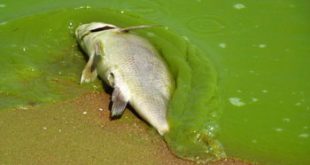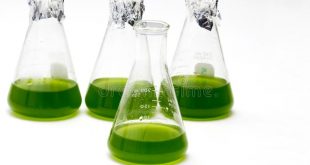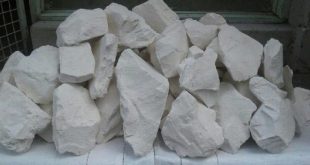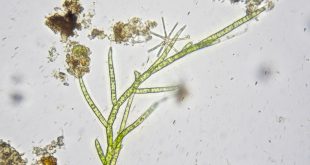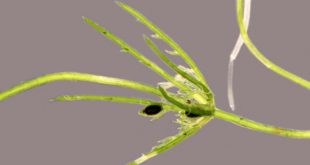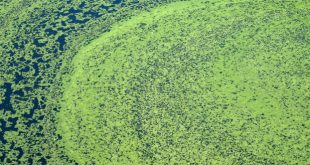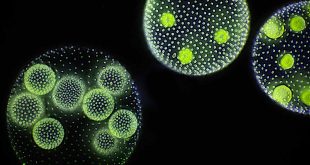Algal toxins are toxic substances released by some types of algae when they are present in large quantities (Blooms) and decay or degrade. These toxins are called ‘Phycotoxins’ (from Greek, phykos, “seaweed”; and toxikon, “toxin”). They are usually complex allelopathic metabolites produced by algal secondary metabolic pathways. These metabolites are (in most cases) not harmful to …
Read More »Phases of Growth in Batch Culture
Batch culture: A close system culture of algae in which there will be no supply or withdrawal of culture medium and biomass into or out of the culture vessel. In this type of culture the amount of medium and inoculum are known and specific. a. Lag phase It is the …
Read More »Algal Culture: Types & Culture Media
The culture of algae in the laboratory is not only important for knowing the details of the external morphology and reproduction in a particular algae or algal group, it is equally important to know the details of algal life histories, taxonomy, physiology, biochemistry, genetics and also its ultra-structure. Most of …
Read More »Phycological Research in Bangladesh
The branch Phycology has come into existence in 1753 when Carolus Linnaeus first discovered four genera namely Fucus, Conferra, Chara and Ulva. Exactly after 200 years in 1953, Prof. A. K. M. Nurul Islam started to work on algal taxonomy in the Department of Botany, University of Dhaka and devoted …
Read More »Role of Algae in different industry
Algae is a group of photosynthetic organisms found in both marine and freshwater habitats. As these organisms have a short duplication time, they are considered among one of the fastest growing creatures. They have efficient pathways to fix atmospheric carbon dioxide and to efficiently utilize the available nutrients to convert …
Read More »Chloroplast Evolution: Endosymbiotic Theory
Algae is a heterogeneous group of organisms containing members having chlorophyll ‘a’ as their primary photosynthetic pigments. These green chlorophyll molecules along with some accessory pigments are contained generally in a membrane-bound packet-like structure called chloroplast within the algal body. In some members, the chloroplast is absent though; such as …
Read More »Growth Pattern in Algae
Development of algal vegetative and reproductive part in multicellular algae by cell division resulting in complex and large structure is known as algal growth. But in case of unicellular algae simple increase in size in the body results in growth of the cell. E.g. Chlamydomonas (unicellular algae). Basically there are …
Read More »Green Algae & The Origin of Higher Plants
The transformation of green, photosynthetic algae from their original simple aquatic life to advanced terrestrial plants was a key event in the history of planet Earth, ranking in significance with the origin of photosynthesis. It is quite obvious from phylogenetic, molecular and morphological studies that higher plants are derived from …
Read More »Algae: An Introduction
Phycology or algology is the study of algae. The word ‘Phycology’ is derived from the Greek word ‘Phykos’ meaning seaweed. The algae are thallophytes (plants lacking roots, stems and leaves) that have chlorophyll as their primary photosynthetic pigment and lack a sterile covering of cells around their reproductive cells or …
Read More »The Classification of Algae: Comparing Three Schools of Thought
Algae refers to a heteromorphic group of organisms which are capable of doing photosynthesis as they contain chlorophyll as their primary pigment and lack a sterile covering around their reproductive cells. The members are grouped together as they share some common characteristics. However, they are not necessarily closely related in …
Read More » Plantlet The Blogging Platform of Department of Botany, University of Dhaka
Plantlet The Blogging Platform of Department of Botany, University of Dhaka
